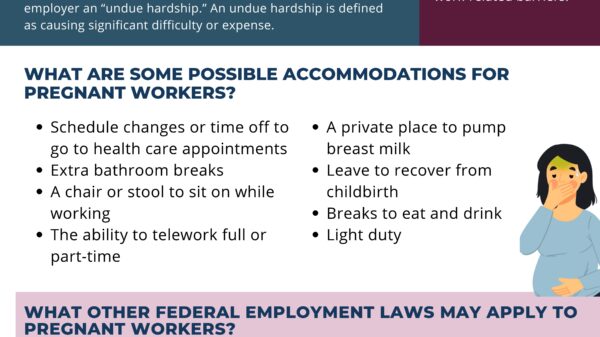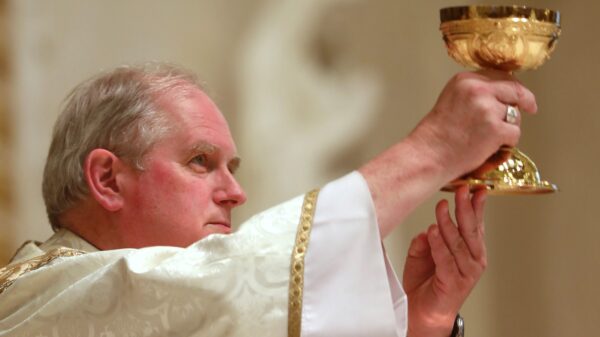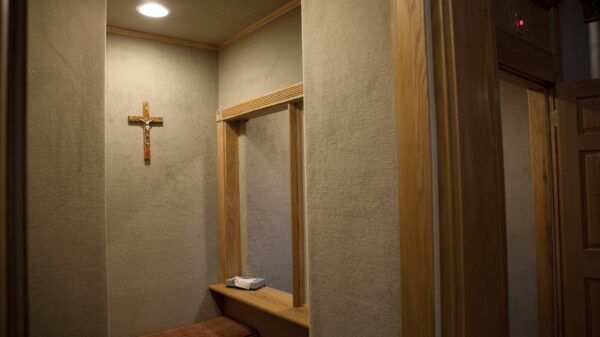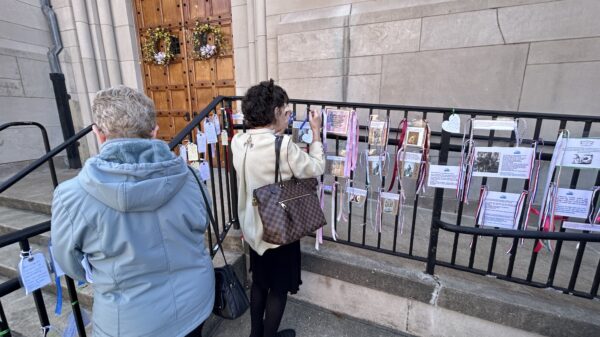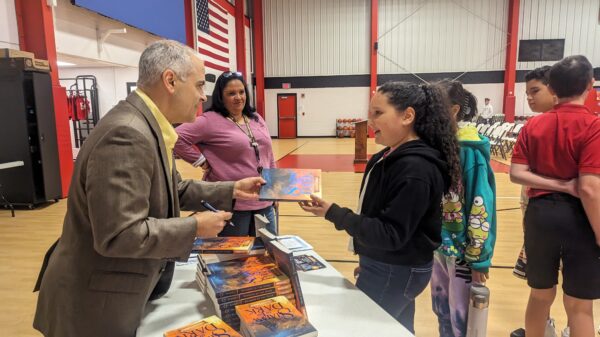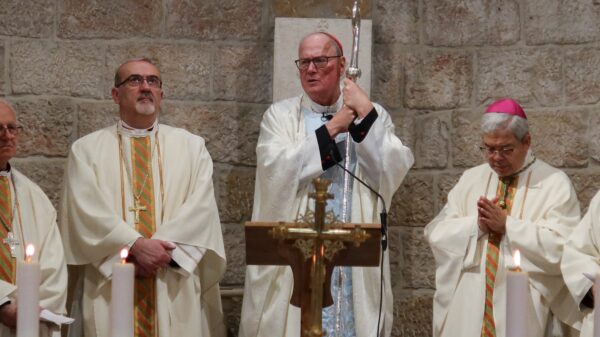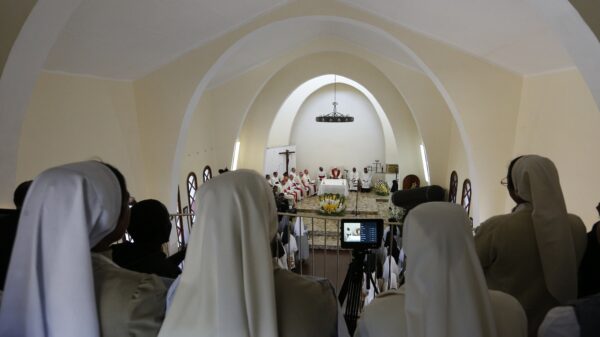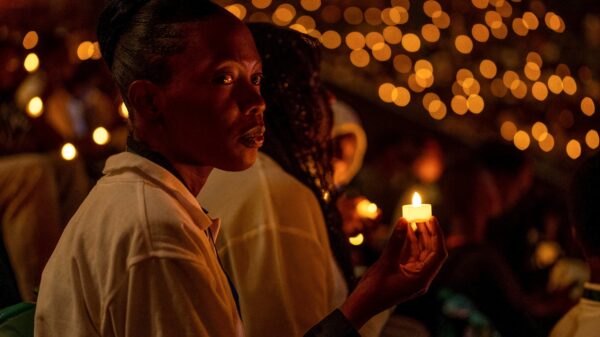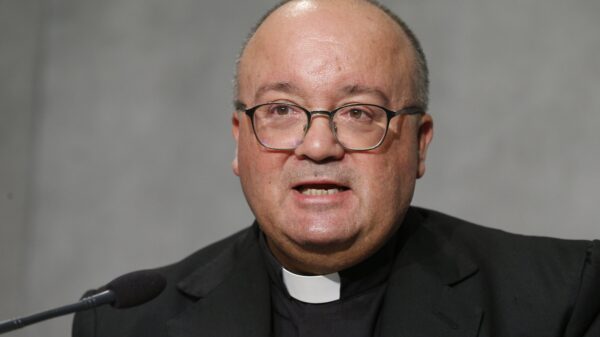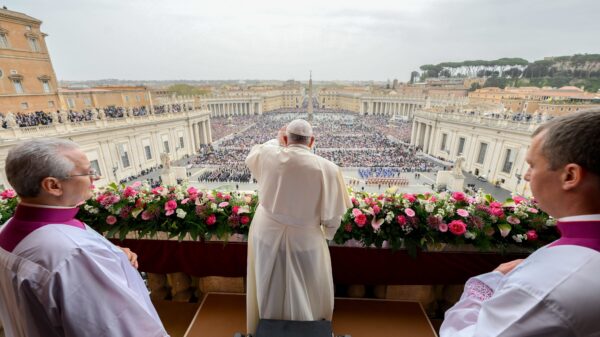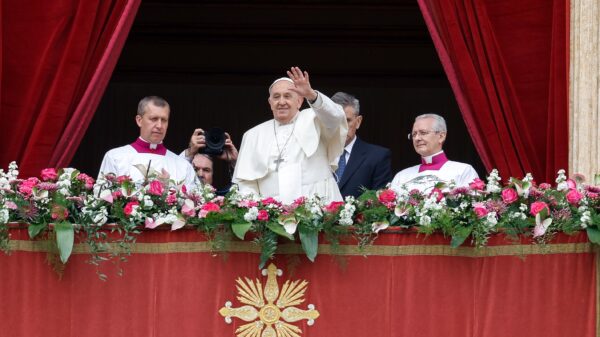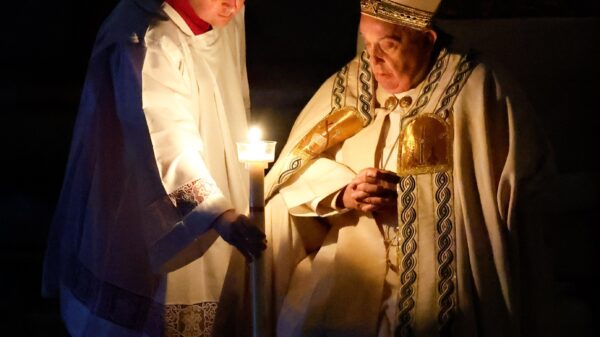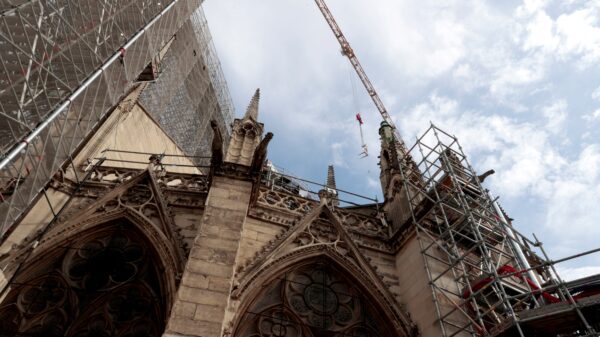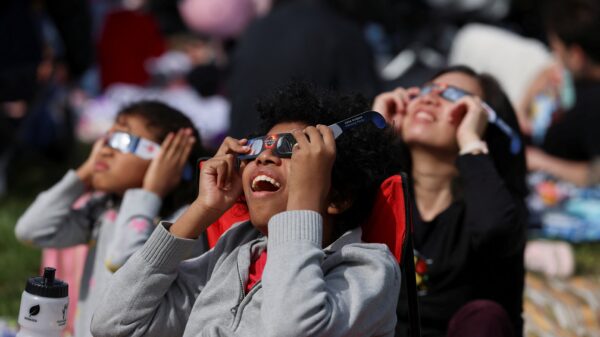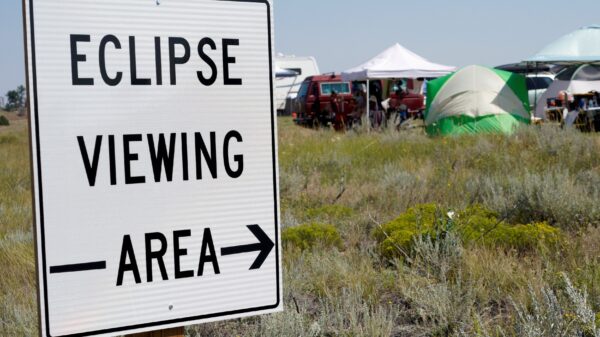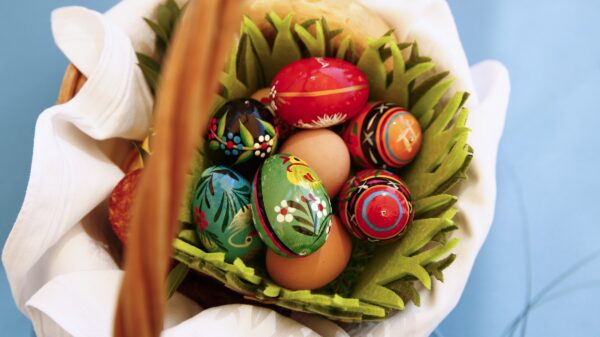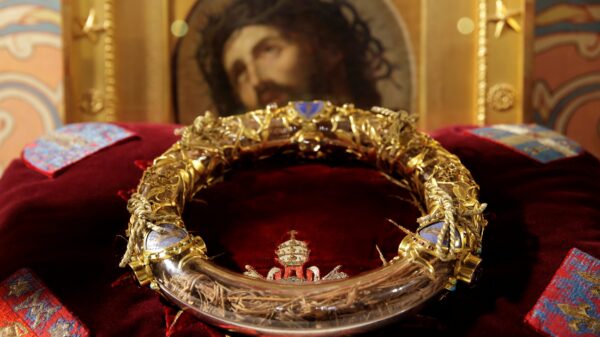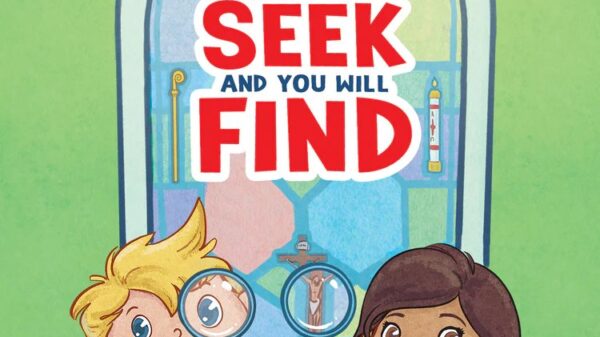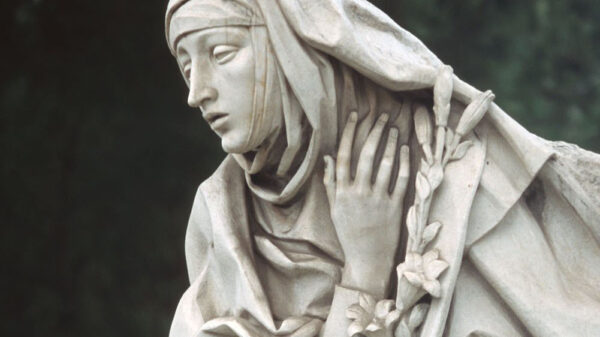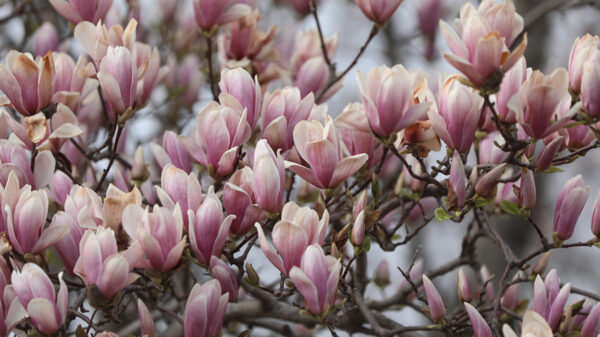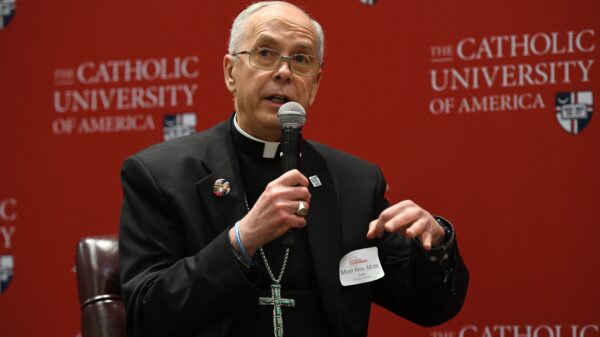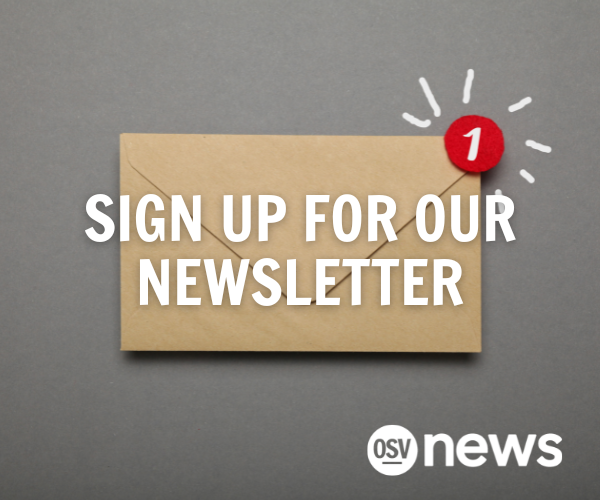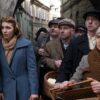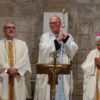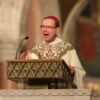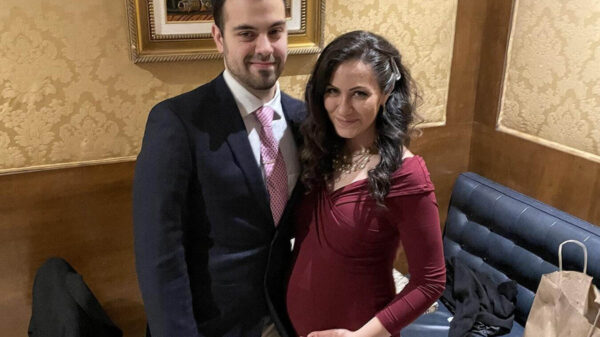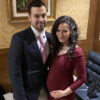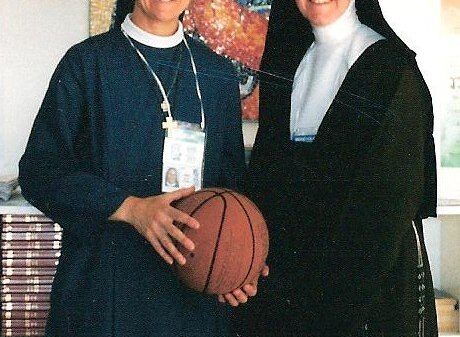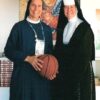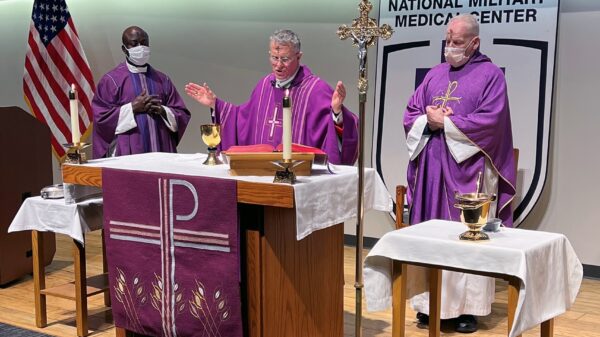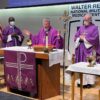In his recent book “Preaching to Latinos: Welcoming the Hispanic Moment in the U.S. Church” (The Catholic University of America Press), Father Michael Kueber, director of Hispanic ministry for the Archdiocese of Portland, Oregon, and adjunct professor of homiletics at Mount Angel Seminary, reflects on the Hispanic moment in the church. He recently spoke with Charlie Camosy about the book for OSV News.
Charlie Camosy: What exactly is the Hispanic or Latino “moment” in the U.S. Catholic Church that you’re writing about?
Father Michael Keuber: The Hispanic or Latino “moment” refers to the demographic shift occurring in U.S. Catholicism. The U.S. church is undergoing a present transformation, becoming predominantly Latino. It’s estimated that 43% of U.S. Catholics are Latinos while 60% under age 18 are Hispanic. The “Hispanic moment” is breathing new life into the larger church in the U.S. because the Hispanic population is younger and Hispanic couples are having families. They want to raise those families in the Catholic faith. Besides growth, the Hispanic community brings their culture to enrich the experience of Catholic life in the U.S. Their love for processions, statues, images and devotions — the music and food that enriches the experience of the Catholic parish.
Camosy: Your book is titled “Preaching to Latinos.” Why was this book necessary?
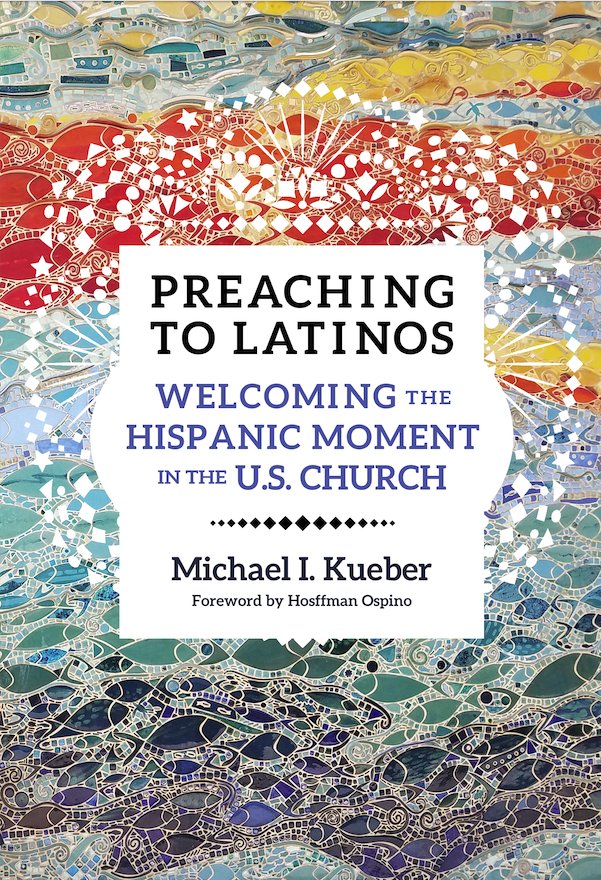
Father Kueber: Bishops, priests, deacons, catechists and directors of religious education feel unequipped to care pastorally for Latinos in the U.S. One barrier they face is language. When Hispanics come seeking the sacraments, the clergyman often answers, “No habla español,” (“I don’t speak Spanish”). Nevertheless, the greater — and often overlooked — obstacle is culture. This book helps pastoral workers to understand Hispanic culture in order to better enable them to exercise pastoral care. I envision it as a handbook that Anglo pastoral workers can keep in their back pockets as they minister among Latinos. When they don’t understand something in U.S. Latino Catholicism, they can seek the answer in this handbook.
Camosy: You have fantastic support for this book. Boston College’s Hosffman Ospino wrote the foreword. Archbishop Gustavo García-Siller of San Antonio and Notre Dame’s Tim Matovina gave you generous blurbs. Why do you think such notable voices on the topic took your project so seriously?
Father Kueber: Luminaries such as Hosffman Ospino and Tim Matovina provide an academic approach to the Hispanic “moment.” What is lacking, however, are pastoral resources that help facilitate cross-cultural communication. One student in my course on Hispanic ministry was placed in a parish with a large Latino population and his experience provided the rationale for cross-cultural pastoral resources: “After I took your course, I was able to navigate my way among Latino Catholics. Even though I don’t speak Spanish, I knew what they were doing and why they were doing it.” He said that cross-cultural understanding was invaluable.
Camosy: What do you think is one of the greatest misconceptions non-Latino clergy and laity have regarding Catholics of Hispanic heritage?
Father Kueber: The greatest misconception is that all Latinos are immigrants born in Hispanic countries. In 2019, 67% of the 60.6 million Hispanics in the United States were born here. That’s over 40 million U.S.-born Latinos. Another misconception is that Hispanics are monolithic — that is to say, they are all “the same.” In truth, Hispanics vary greatly by their countries of origin and their diverse cultures. Puerto Ricans, Cubans, Salvadorans, Dominicans, Guatemalans, Colombians and Hondurans make up the largest groups of Hispanic immigrants in the U.S. Importantly, these groups vary among themselves: an immigrant from an island in the Caribbean is quite different from one migrating from the mountains of Ecuador.
Camosy: In my own recent book, “One Church,” I too focus on the difference in the faith lives of first-generation immigrants and their second-generation children. Why is this topic so important?
Father Kueber: The faith is alive in first-generation immigrants, who believe deeply in Jesus Christ and his Blessed Mother and want to see the power of God manifested in their families. The countries they came from imparted this faith to them through signs and symbols, and they seek to practice this faith in the new world. Every Hispanic country has specific devotions to the Blessed Virgin Mary. The most famous of these comes from Mexico: Our Lady of Guadalupe. Nevertheless, in Cuba they celebrate the Nuestra Señora de Caridad del Cobre (Our Lady of Charity of the Copper) to commemorate Mary’s maternal care for the mineworkers in Cuba. In El Salvador, Catholics venerate Our Lady of Peace, whereas in Honduras, they celebrate Our Lady of Suyapa.
First-generation immigrants want to hand their traditions on to second and third generations who, as they integrate more fully into the U.S. culture, are becoming more secular and less Catholic. It’s an alarming trend. Church leaders have called for ongoing reflection and, in some cases, changes in Catholic pedagogy in Catholic schools and in the catechetical programs in parishes.
Camosy: How can the institutional church better address the concerns and opportunities presented by this ongoing Hispanic or Latino “moment?”
Father Kueber: Find the leaders in the Hispanic community, gather them, and plan “with” them, rather than “for” them. Church leaders should not assume that they know what is best for Latinos and can solve their problems without input. Wise pastors will listen to Hispanics and work collaboratively. The recent synods have fostered this approach.
Charlie Camosy is professor of medical humanities at the Creighton School of Medicine and moral theology fellow at St. Joseph Seminary in New York.


